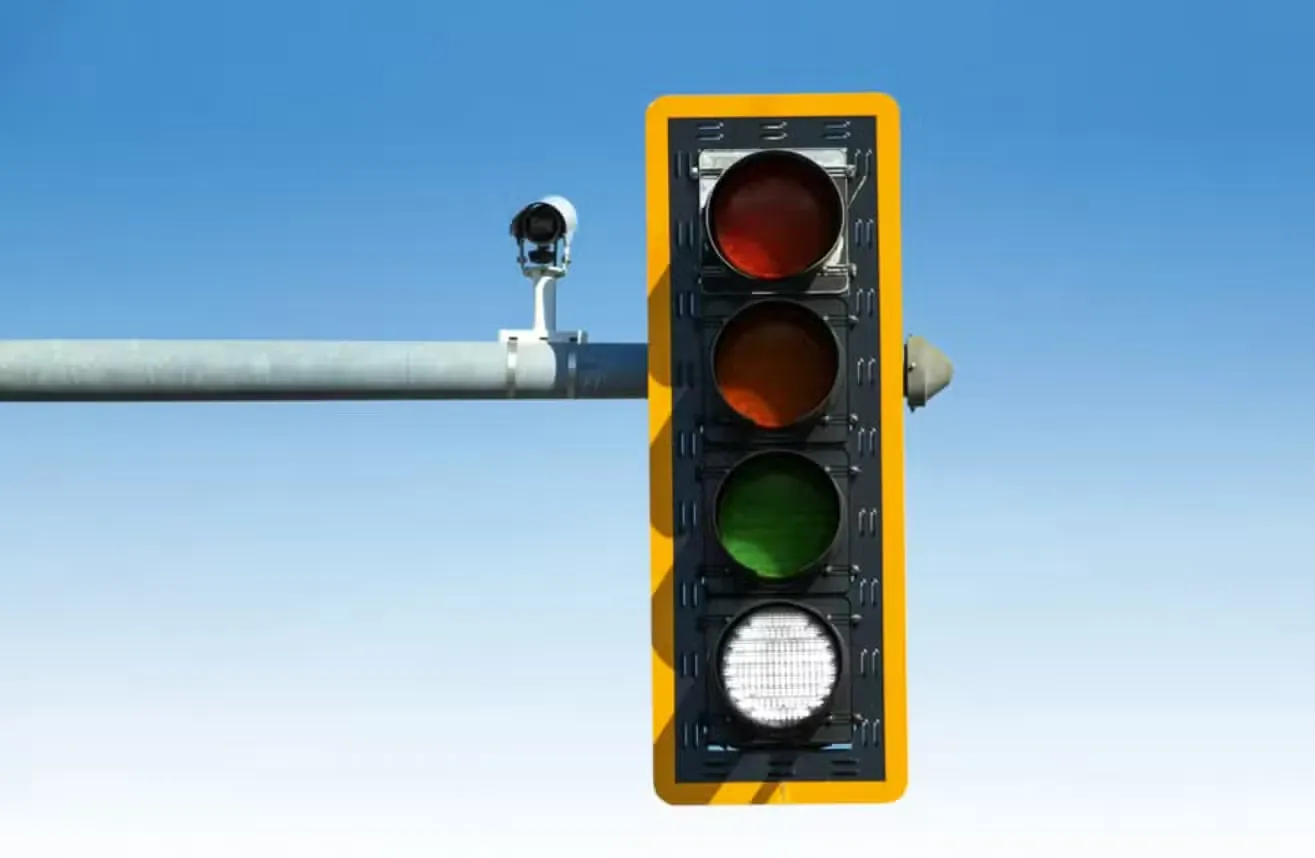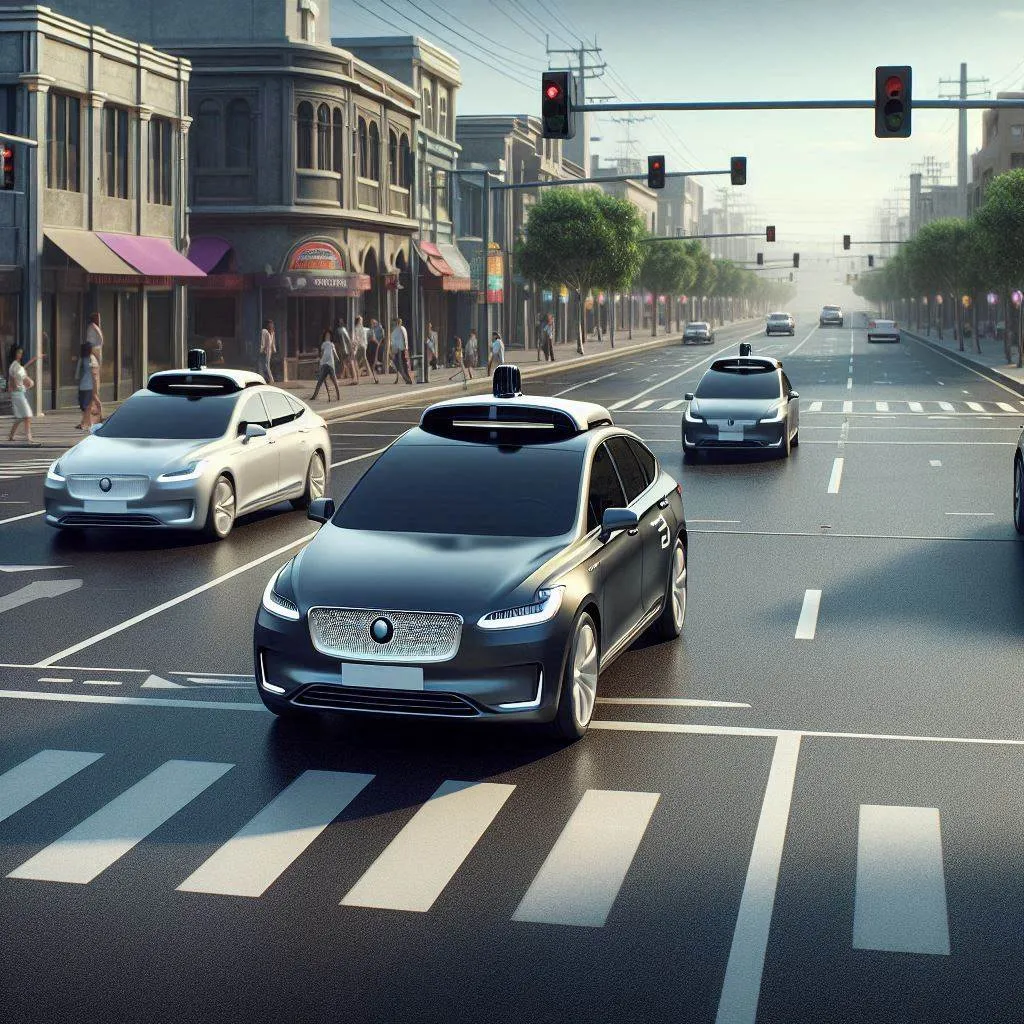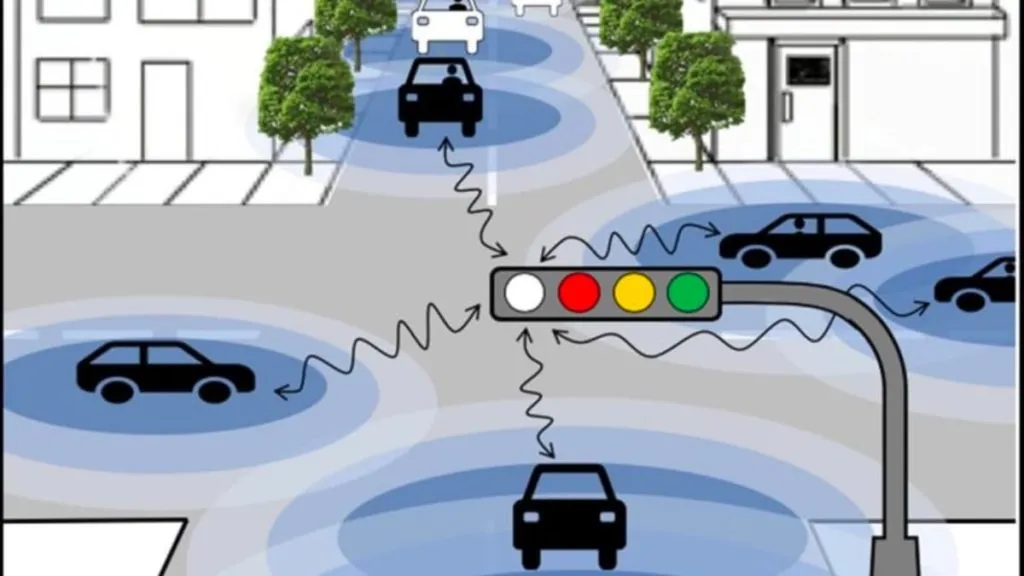The Origins of Traffic Signals and Proposed Innovations
Traffic signals, such a common fixture in modern life, emerged in response to the surge of carriages on European streets during the Industrial Revolution in 1868. These early attempts were later halted due to gas emission failures, only to reappear in the 1920s in the United States, setting the standard with their familiar red, yellow, and green lights.
Now, a century later, scientists advocate for a new addition: the introduction of a fourth light—white. This proposal stems from the increasing presence of autonomous vehicles (AVs) on our roads, capable of communicating with each other and traffic management systems in real time to optimize traffic flow.
The Role of White Lights in Traffic Signals

In anticipation of a future dominated by driverless vehicles, the addition of a white light in traffic signals would signal traditional vehicle drivers to follow the lead of AVs directly ahead, which operate entirely by computer.
Researchers suggest that these AVs, equipped with self-regulating capabilities, could potentially reduce traffic delays by up to 99%.
However, while promising, these simulations have only been tested in virtual scenarios, raising concerns about real-world implementation and human factors.
Challenges and Considerations
Complex traffic signals or countdowns have been known to induce detrimental behaviors in drivers. “Adding a fourth color, white, would undoubtedly complicate matters further,” remarked transportation consultant and engineer Sergio Ejzenberg.
Yet, despite current skepticism and past failures, the inevitability of autonomous vehicles infiltrating urban landscapes suggests that innovative solutions like a fourth light in traffic signals are crucial.

Future Prospects and Mobility Solutions
While no single strategy can solve all mobility challenges, advancements like the addition of a white light signal could significantly enhance traffic efficiency during congested periods.
This proposal is backed by research from North Carolina State University, emphasizing the maintenance of traditional red, yellow, and green lights while introducing white to indicate “follow the vehicle ahead.”
In the researchers’ vision, this change could alleviate traffic delays by enabling AVs to coordinate their movements with each other and existing traffic signals, thereby informing human drivers through the white light. A lit white light would signal “continue,” whereas its absence would mean “stop.”
This enhancement aims to improve traffic flow by leveraging AVs’ advanced technology to communicate effectively with each other and with traffic signals within their vicinity.
FAQ
Q: Why propose a fourth light in traffic signals now?
A: The increase in autonomous vehicles necessitates new ways for traditional and driverless vehicles to interact safely on the road.
Q: How would a white light affect traffic signal operations?
A: The addition of a white light aims to optimize traffic flow by signaling traditional drivers to follow AVs, thereby enhancing overall traffic efficiency.
Q: What challenges might arise from implementing a fourth light?
A: Complexities in driver behavior and real-world implementation pose challenges despite theoretical benefits in traffic management.
Q: What role do autonomous vehicles play in this proposal?
A: Autonomous vehicles are expected to coordinate movements and traffic interaction, influencing the effectiveness of a fourth light in traffic signals.


